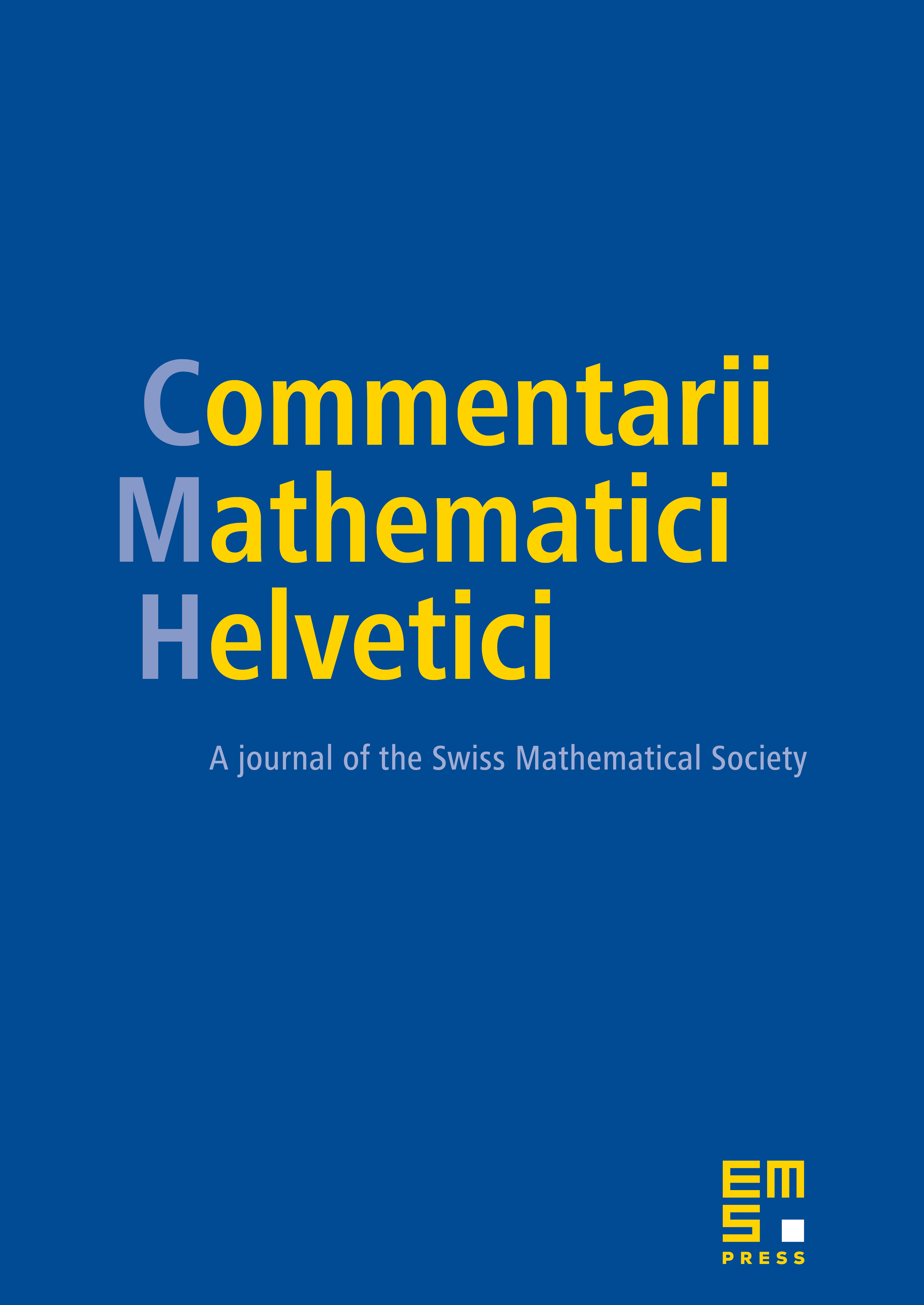Présentations duales des groupes de tresses de type affine
François Digne
Université de Picardie Jules-Verne, Amiens, France

Abstract
Artin–Tits groups of spherical type have two well-known Garside structures, coming respectively from the divisibility properties of the classical Artin monoid and of the dual monoid. For general Artin–Tits groups, the classical monoids have no such Garside property. In the present paper we define dual monoids for all Artin–Tits groups and we prove that for the type we get a (quasi)-Garside structure. Such a structure provides normal forms for the Artin–Tits group elements and allows to solve some questions such as to determine the centralizer of a power of the Coxeter element in the Artin–Tits group. More precisely, if is a Coxeter group, one can consider the length on with respect to the generating set consisting of all reflections. Let be a Coxeter element in and let be the set of elements such that can be written with . We define the monoid to be the monoid generated by a set in one-to-one correspondence, , with with only relations whenever , and are in and . We conjecture that the group of quotients of is the Artin–Tits group associated to and that it has a simple presentation (see 1.1 (ii)). These conjectures are known to be true for spherical type Artin–Tits groups. Here we prove them for Artin–Tits groups of type . Moreover, we show that for exactly one choice of the Coxeter element (up to diagram automorphism) we obtain a (quasi-) Garside monoid. The proof makes use of non-crossing paths in an annulus which are the counterpart in this context of the non-crossing partitions used for type .
Cite this article
François Digne, Présentations duales des groupes de tresses de type affine . Comment. Math. Helv. 81 (2006), no. 1, pp. 23–47
DOI 10.4171/CMH/41